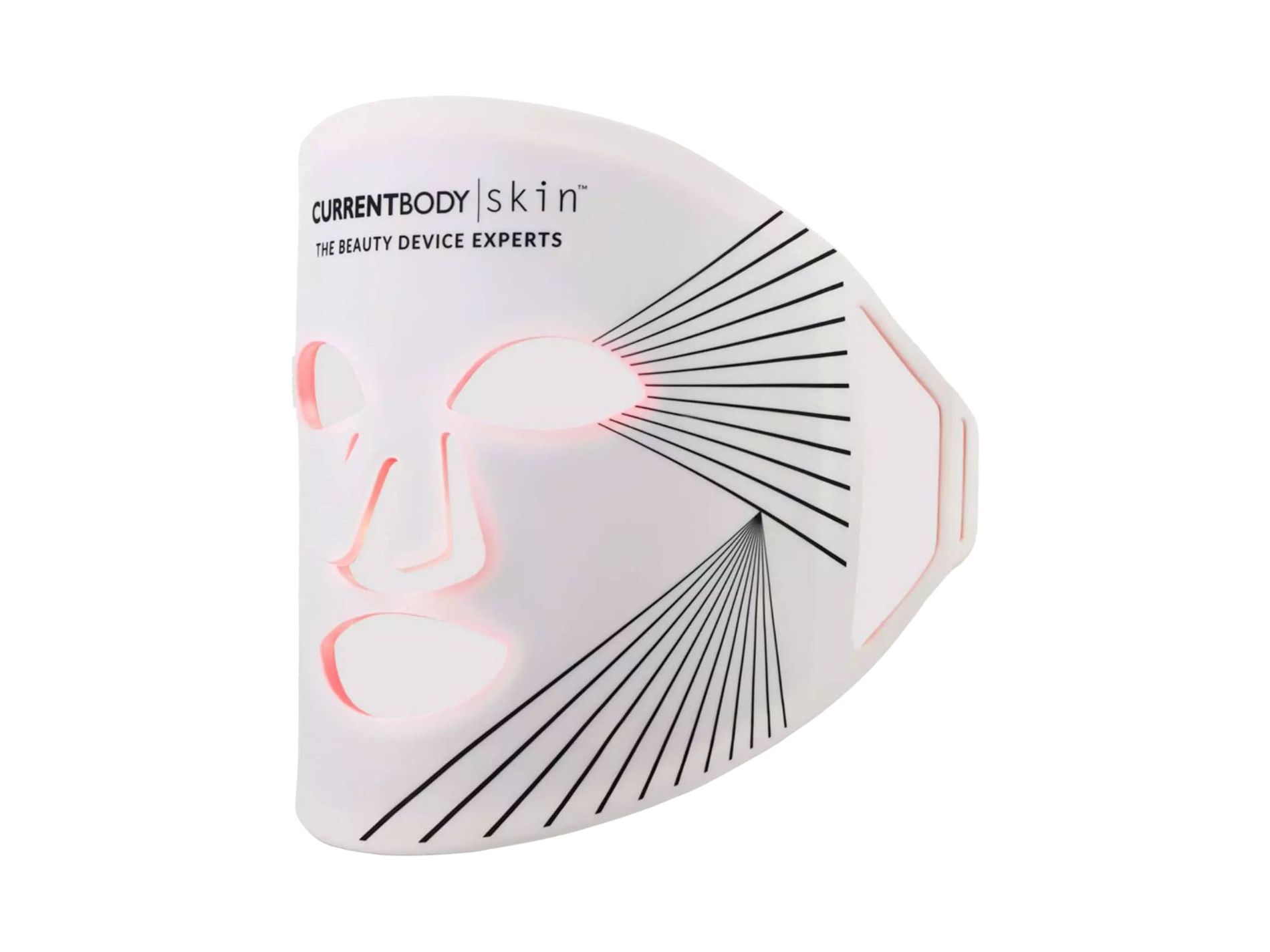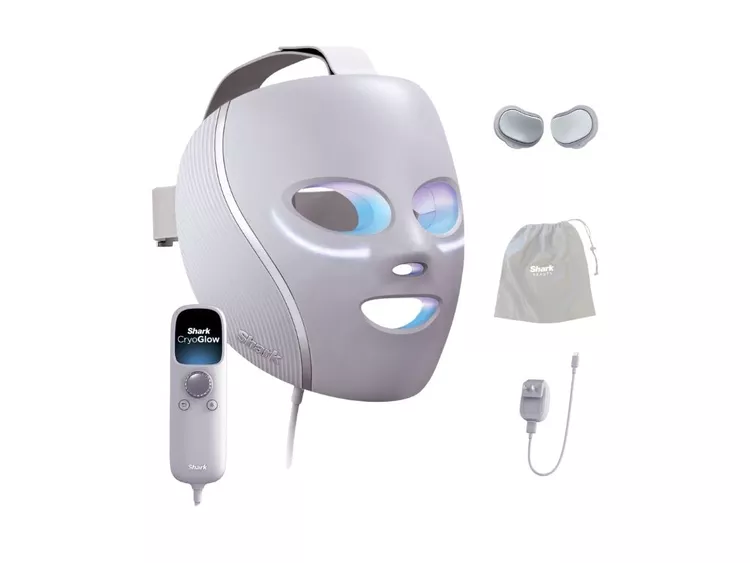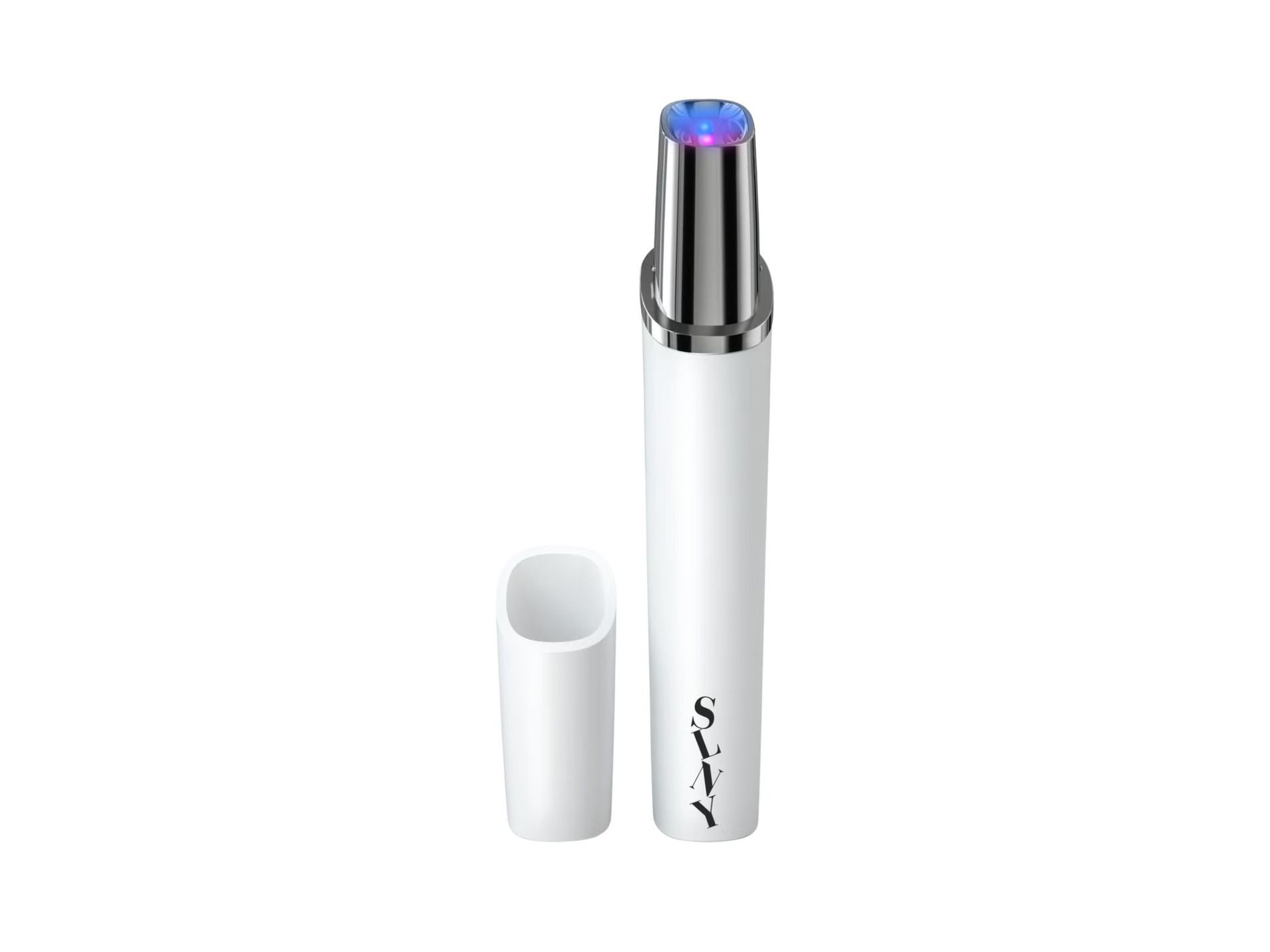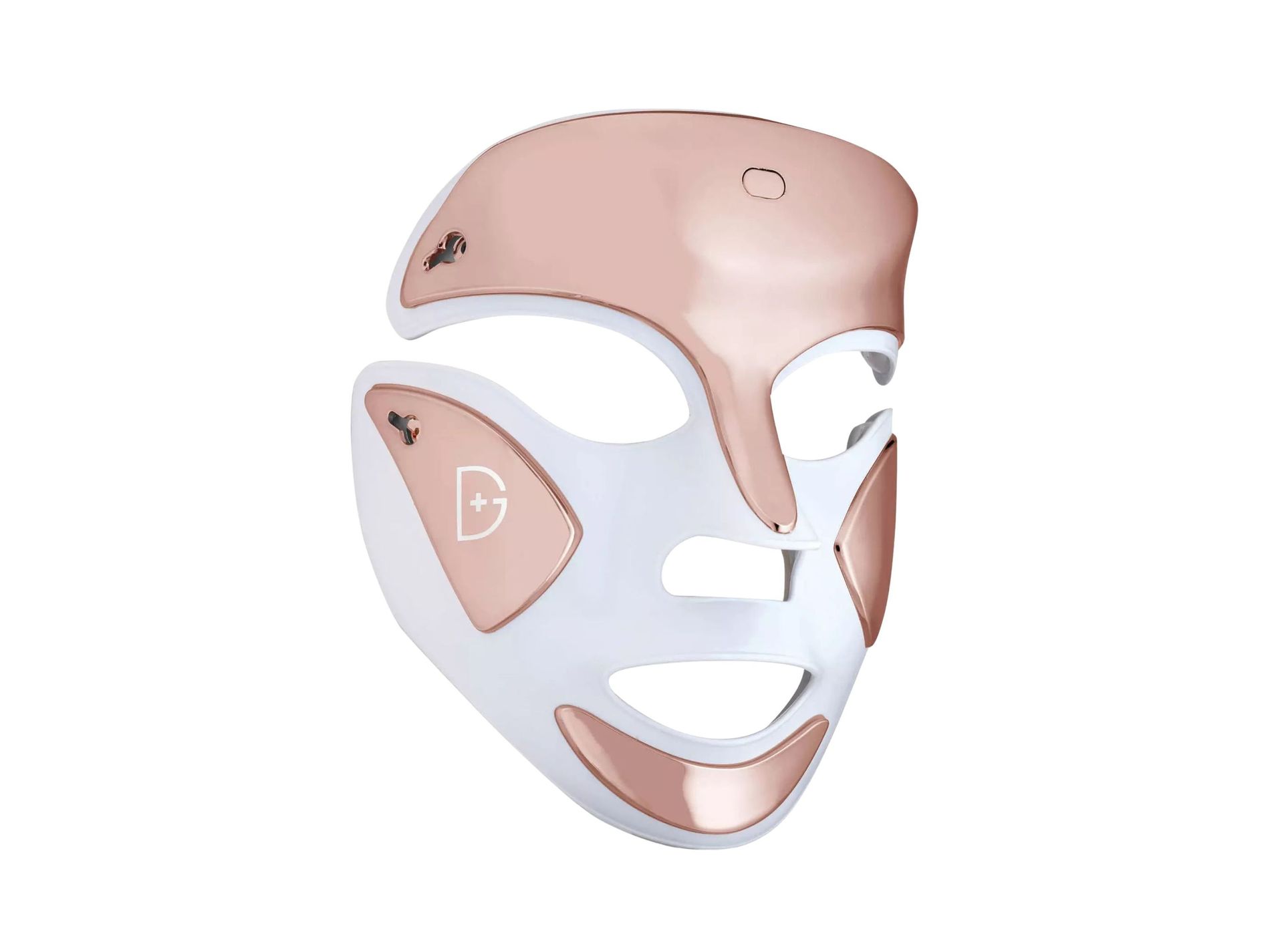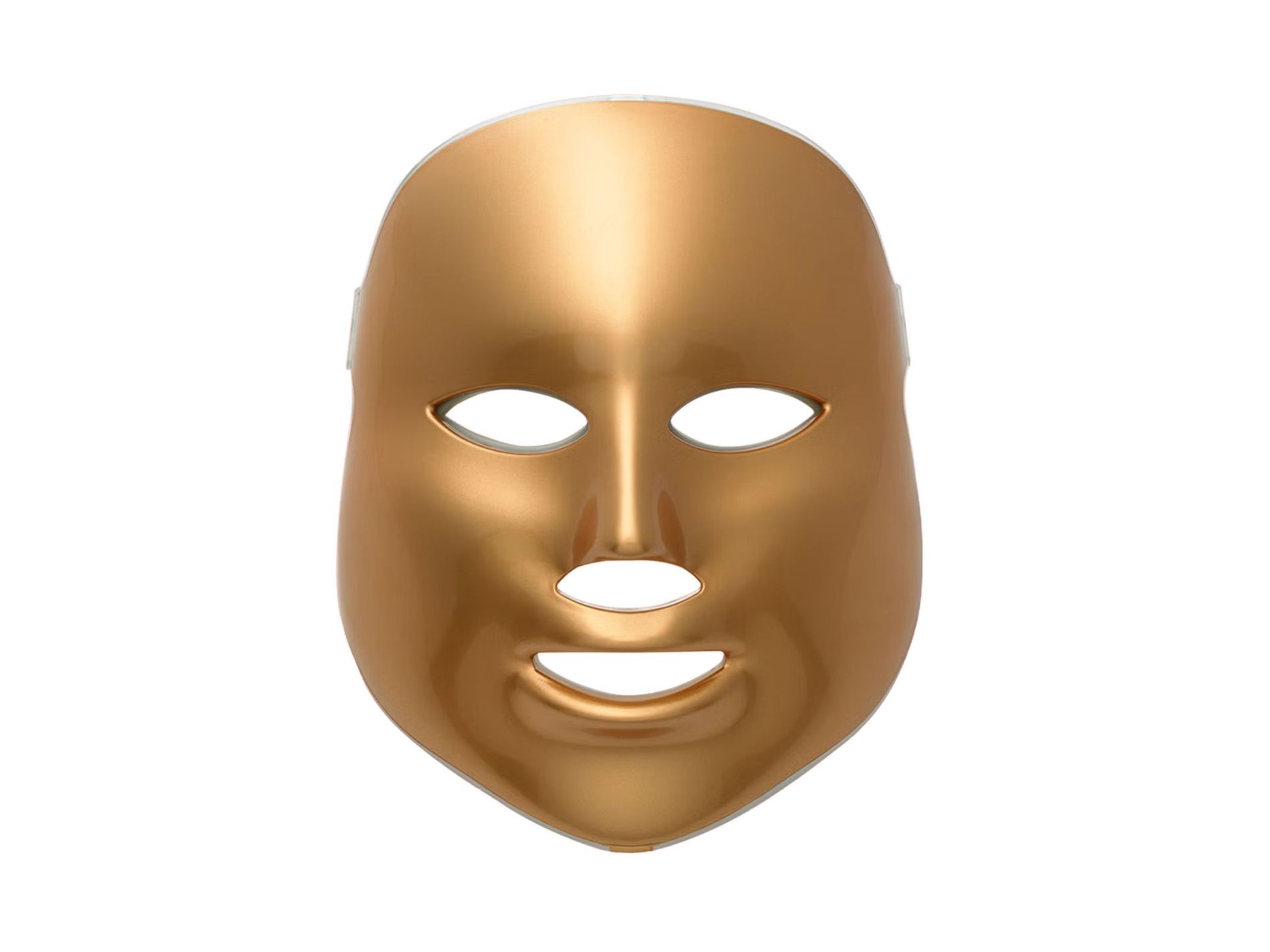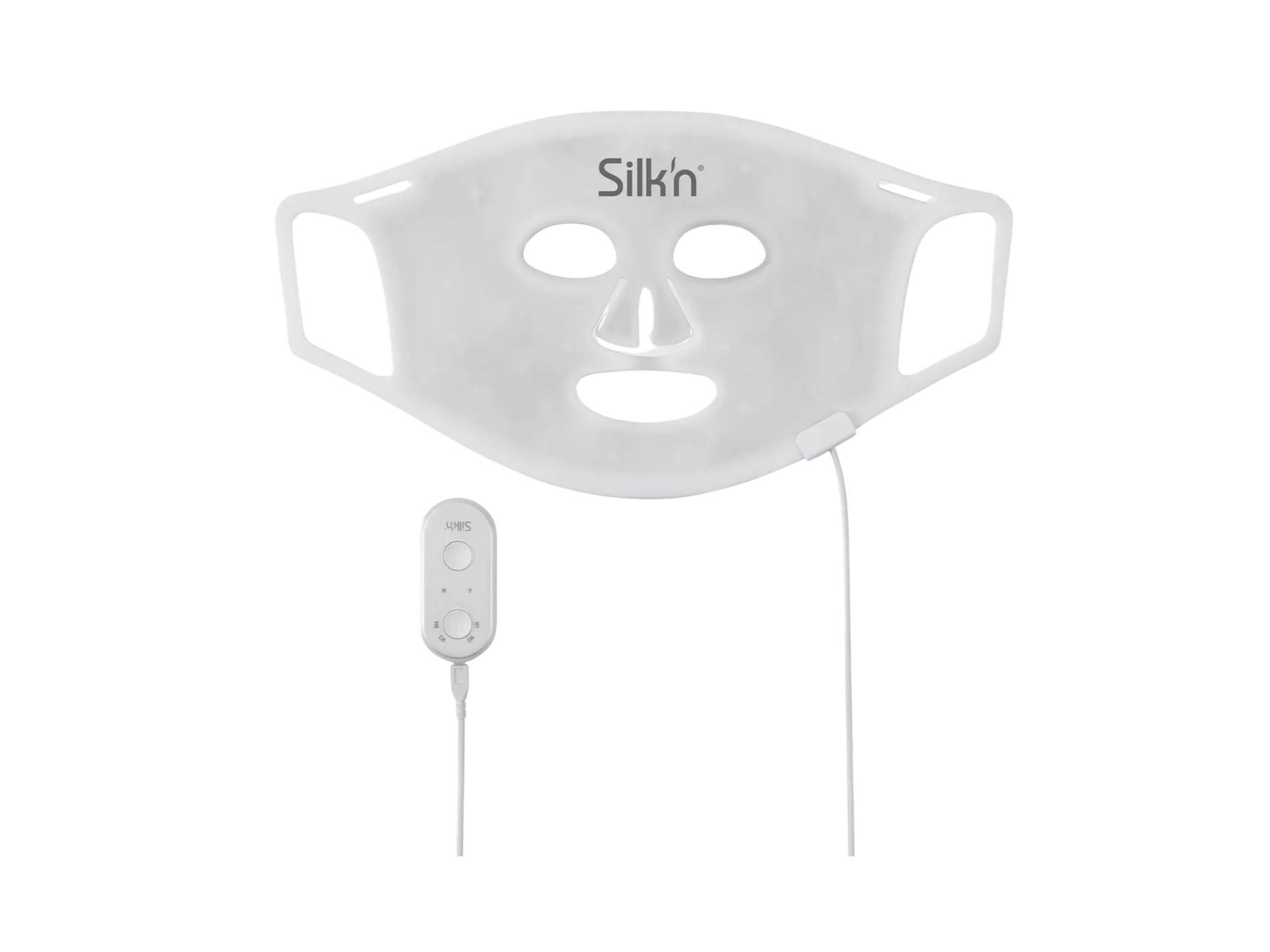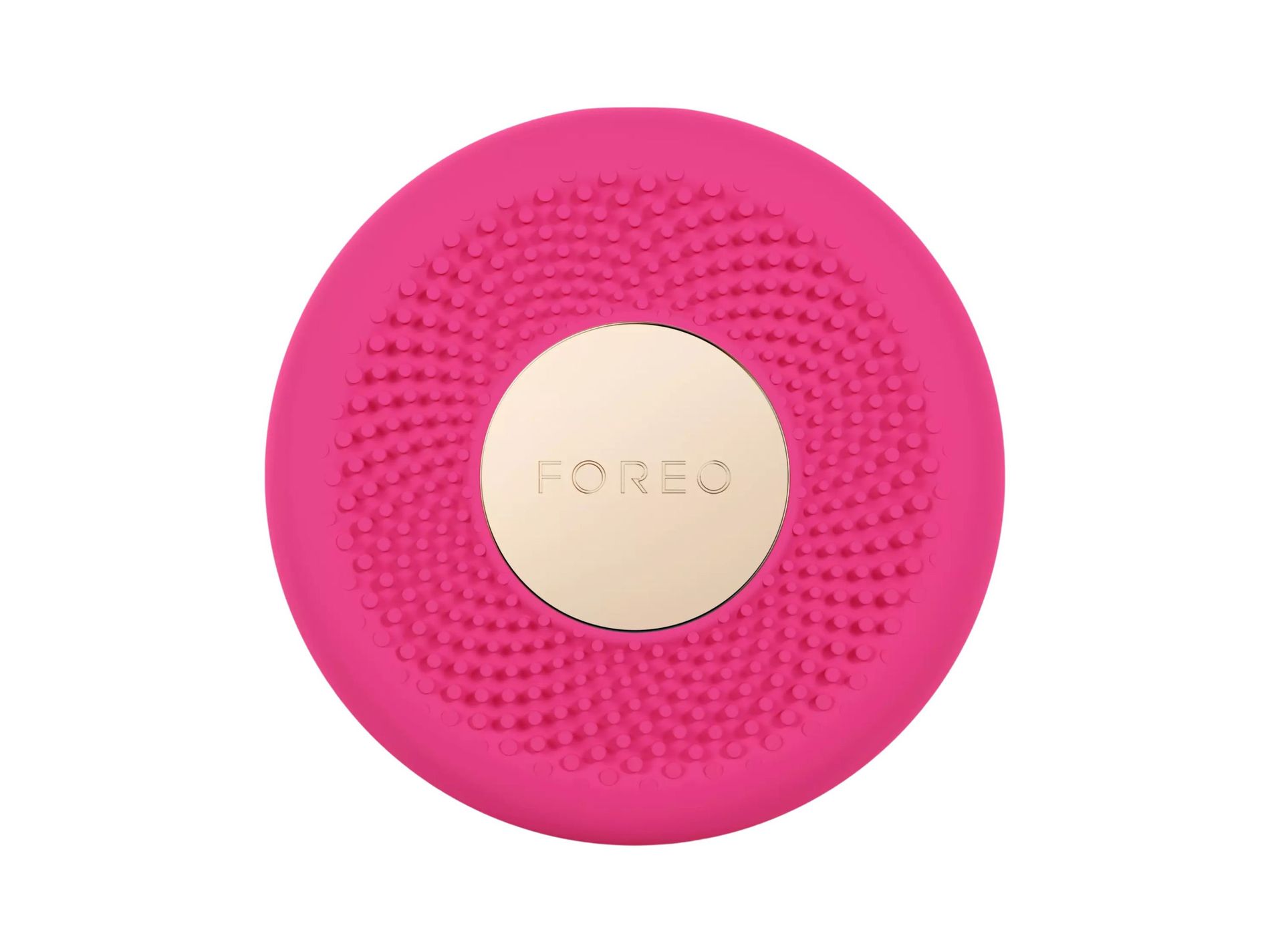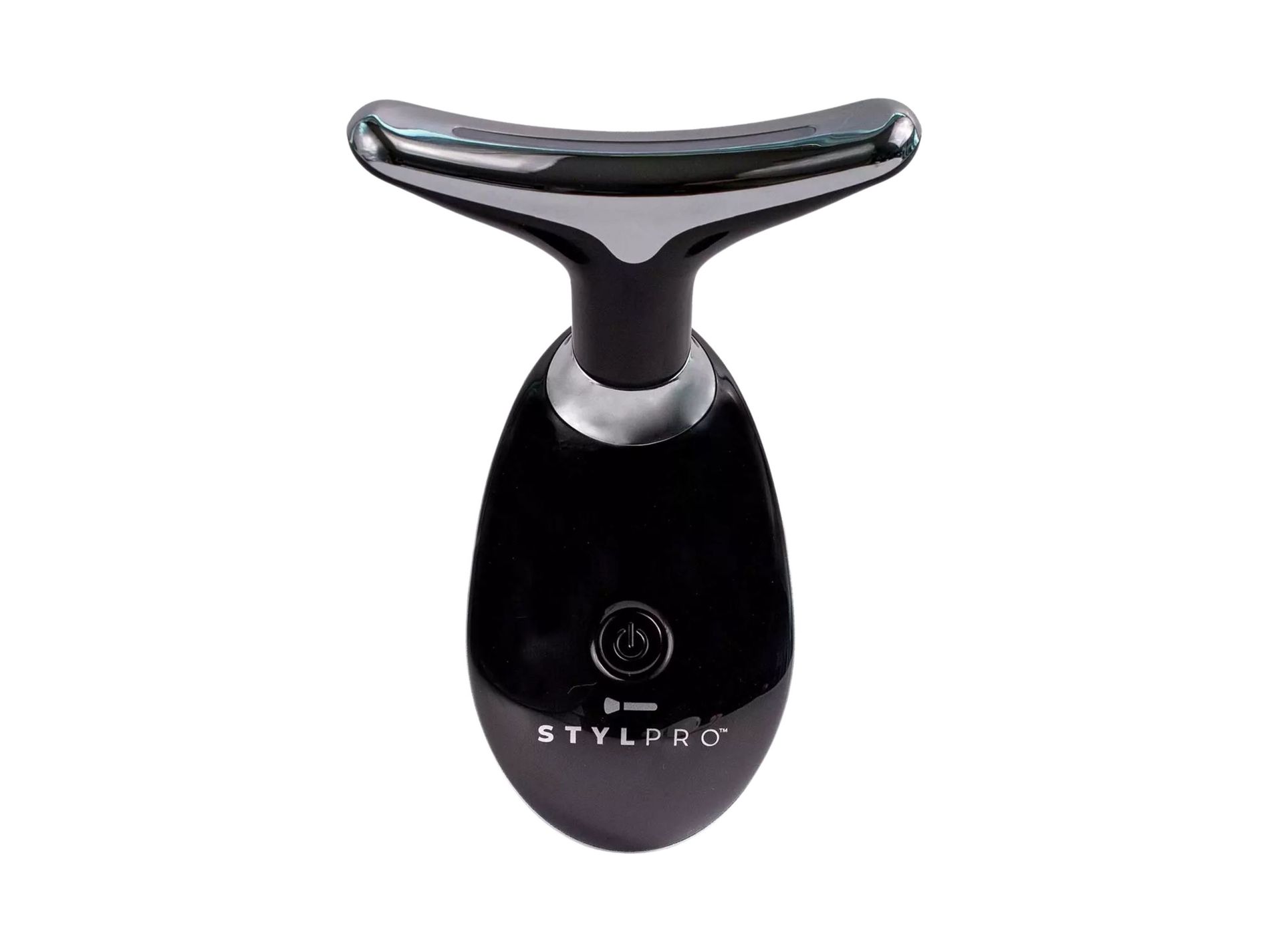After weeks of experimenting with LED masks galore, our senior beauty editor Josefin Forsberg has narrowed it down to the ultimate game-changers. Whether you’re battling stubborn breakouts with blue rays or want to supercharge your anti-aging routine with red light therapy, these picks deliver the kind of results even a skeptic can love
All products featured on Vogue are independently selected by our editors. However, when you buy something through our retail links, we may earn an affiliate commission.
If you’ve spotted people on social media sporting futuristic-looking face shields, chances are you’ve stumbled upon the world of at-home LED masking. While once strictly an in-clinic indulgence, LED face masks have quickly become an at-home staple in modern skincare routines. Besides providing a high-tech twist on self-care, LED masking offers a host of skin benefits – from speeding up collagen production to calming breakouts and boosting glow. Ready to see the light? Let’s dive in.
What is LED therapy?
LED (Light Emitting Diode) masks use tiny bulbs emitting different wavelengths of light to tackle everything from acne to wrinkles. In fact, NASA first developed this technology to help astronauts heal wounds in space, and it didn’t take long for dermatologists and aestheticians to see its skincare potential. Today, however, you can skip the clinic altogether and let your own at-home device do the heavy lifting.
But why exactly does shining a bunch of coloured lights on your face help your skin? It’s partly because our complexions are naturally photosensitive. Plus, according to Laura Bonné, founder of Copenhagen’s Amazing Space spa, LED travels deeper into the skin than most topical products ever could. “LED treats the deeper cell layers,” she explains. “The light energy is transformed into ATP (adenosine triphosphate), which is the energy needed to create collagen and elastin fibres. With light treatments, the cells receive extra energy to regenerate and restore skin tissue.” Factor in that NASA-level seal of approval, and it’s easy to see why LED masks are having a major moment.
Do at-home LED masks really work, and what are their benefits?
At-home LED masks may come with fewer bulbs and deliver less energy than in-clinic versions, but according to Clara Sandell from Swedish beauty tech brand Foreo, they can still produce impressively similar results. “Even though some professional versions may be stronger,” she explains, “with at-home devices, you have the opportunity to use LED masking on a regular basis, which will also help show visible results faster.” In other words, consistency is key.
When shopping for an LED mask, remember that each colour of light targets different depths of the skin. Here’s a quick primer on what’s happening below the surface, and which wavelengths to look for:
- Red Light (630–700nm):
The superstar of LED therapies, LED light therapy operates at a specific wavelength (often around 630–660nm), which is readily absorbed by our mitochondria — the “battery packs” inside cells. As they absorb this extra energy, they become more efficient at repairing damage and producing the proteins (like collagen) that keep skin plump. Red light also helps calm redness, making it a favourite among those battling sensitivity or rosacea. Though clinical treatments often use higher intensities of light, many at-home devices can achieve visible results with consistent use.
- Near-Infrared Light (700–850nm):
Often referred to as NIR, near-infrared light has no visible colour but delves even deeper into the skin’s layers than red light can. Known for its wound-healing and anti-inflammatory properties, it’s also been linked with pain relief. For serious skin rejuvenation, look for masks that offer near-infrared at 830nm.
- Yellow Light (570–590nm):
This is the wallflower of at-home LED devices — less common but still brimming with potential. It helps reduce redness, swelling, and overall healing time, making it especially beneficial for those with sensitive skin. It also beautifully complements red light therapy to soothe irritation.
- Blue Light (405–420nm):
The acne-busting superhero, blue light triggers what’s called “photochemical oxidation” to eliminate the bacteria responsible for pimples. It’s also known to help calm conditions such as eczema and rosacea. If you’re prone to breakouts or want to keep blemishes at bay, a mask that includes blue light is your new BFF.
The very best at-home LED masks to try now
Below, you’ll find a curated lineup of LED masks and tools that cater to various needs, from budget-friendly options to the perfect travel companion. Each product is broken down into “What you need to know” and “Why we love it” to help you make the best pick for your skin concerns.
Ready, set, glow…
Best LED mask overall
What you need to know: Designed with 236 LED bulbs that combine red and near-infrared light, the CurrentBody Skin LED Mask Series 2 is a full-face device that tackles multiple skin concerns in a single 10-minute session. Its flexible silicone shell ensures even coverage, making it suitable for busy individuals who want a salon-like experience without leaving home. Timers and controls are straightforward, so even newcomers can navigate it easily.
Why we love it: Wearing it feels surprisingly natural; the silicone fits snugly without sliding around, so you can still check emails or scroll on your phone while it does its thing. The immediate post-use “glow” is real, but the cumulative improvements (particularly in firmness and brightness) are what sold us. It’s a fuss-free option for anyone who wants pro-level results at home without dealing with complicated settings.
The best LED mask with cryo-features
What you need to know: Shark’s CryoGlow LED mask pairs red, blue and near-infrared wavelengths with built-in cooling pads positioned under the eyes. The hard-shell design ensures even light distribution, while the four preset modes let you focus on better ageing, breakouts or general maintenance. Sessions are short, the fit is secure, and the controls are straightforward.
Why we love it: The combination of LED and targeted cooling makes this especially useful if you deal with morning puffiness or easily sensitised under-eyes. The chill effect feels immediate, while the LED delivers the gradual firming and brightening you expect from consistent use. It’s efficient, comfortable to wear and easy to fold into an existing routine without fuss. We also love that you can single out just the cooling cry pads for a quick pre-event de-puff.
The best LED mask for acne
What you need to know: A compact, pen-style device that targets individual blemishes using 415nm blue light. By focusing the light precisely where you need it, you avoid treating areas that aren’t breaking out. It’s quick and portable, designed for those “emergency” pimples that pop up at the worst times.
Why we love it: This is our “SOS” solution for surprise blemishes. We tried it on everything from hormonal chin breakouts to random forehead flare-ups; the inflammation typically subsided faster than it would with a standard spot cream. While it’s not an instant eraser, it feels gentler than some harsh topical formulas. Its slim shape makes it easy to keep in a desk drawer or makeup bag, and using it feels intuitive: point, click, and let the light do its work.
Best LED mask for fine lines and wrinkles
What you need to know: Dr. Dennis Gross’s mask combines red light for collagen support and blue light for calming redness or minor breakouts. Each session runs just three minutes, so it’s one of the quickest options on the market. The device is also FDA-cleared, which can be reassuring if you’re looking for a clinically backed solution.
Why we love it: Three minutes is barely enough time to get bored, so this mask is great for those who prefer a minimal routine. The quick treatment duration also makes it easy to stay consistent, which is crucial for LED success. If you want a fuss-free, results-focused device, this is it.
Best LED mask for sensitive skin
What you need to know: Created with gentle red light therapy in mind, this device offers five different coloured light settings which are all at clinically-proven wavelengths, including the elusive yellow light. The silicone design feels soft against the face, and included eye shields help protect delicate peepers from overstimulation.
Why we love it: We tested this during a phase of redness and dryness, and found that starting on a lower setting helped our skin adapt. Over two weeks, our complexion looked calmer and less prone to flare-ups. The mask’s gentle approach doesn’t yield dramatic overnight transformations, but that’s precisely its strength – it respects your skin’s limits instead of overwhelming it.
The best LED mask on a budget
What you need to know: Yes, there’s such a thing as affordable at-home LED therapy. The Silk’n LED Face Mask uses red and blue light to address fine lines and occasional breakouts in one streamlined device. Its simple controls make it a nice option for LED first-timers.
Why we love it: Not everyone wants to commit to a high-end gadget right off the bat, and this mask delivers on results without the “luxury” price tag. We appreciate its straight-shooting approach: strap it on, hit the button, and let it work.
The best LED mask for travel
What you need to know: In a world of bulky LED gear, the Foreo UFO 3 LED stands out with its cordless, compact design. It offers quick sessions incorporating red and blue light, making it an ideal travel companion for those who prefer to keep their routine consistent. Even when on a long-haul flight.
Why we love it: We’ve used this on multiple trips (once in the back of a taxi) and appreciated how practical it is when battling post-travel puffiness. Travel can wreak havoc on the skin, but the gentle warming step encourages better serum absorption, and the cooling phase is soothing on dry, tired skin. It’s a neat, high-tech gadget that won’t demand precious space in your suitcase.
The best LED mask for combination skin or multi-use
What you need to know: This silicone mask covers red, blue, and near-infrared wavelengths, catering to multiple issues at once, including breakouts, early signs of aging, and general dullness. Its flexible design molds to the face better than rigid counterparts, ensuring even coverage over areas that are often missed, like the sides of your nose.
Why we love it: If you’re juggling an oily T-zone and drier cheeks (or fine lines mixed with occasional blemishes), this mask meets both needs without forcing you to switch between devices. We consistently used it three times a week and noticed fewer patches of hormonal acne plus a more balanced glow. A real catch-all solution that saves both time and money in the long run.
Best LED mask for specific areas
What you need to know: When certain areas (like crow’s feet, the neck, or a stubborn frown line) need a little extra help, the StylePro Fabulous Firmer zeroes in with concentrated LED. Rather than treating your entire face, it focuses the light exactly where it’s needed, ideal for quick, localised sessions.
Why we love it: This device offer tailor-made approach for your trouble spots. We tried it on stubborn crow’s feet and a little band of redness on the neck, and the focused LED made a noticeable impact after consistent use. If you only have a small area to tackle, why treat your entire face? That’s where the “bespoke approach” truly shines.
Frequently asked questions about LED masking:
1. What is LED masking, and how does it work?
LED masking involves different wavelengths of light that penetrate the skin at various depths to rejuvenate cells, ramp up collagen, or kill acne-causing bacteria. Each colour (red, blue, yellow, or near-infrared) addresses different concerns, making it a highly customisable therapy.
2. What are the benefits of at-home LED masks?
Consistent access to professional-grade technology in the comfort of your own home. Over time, you can see improvements in skin texture, reduced fine lines and acne, and an overall brighter complexion. No clinic appointment necessary.
3. How often should I use an LED mask for best results?
It depends on the device, but most guidelines suggest around three to five sessions per week. Check your specific mask’s instructions to avoid overuse.
4. Are LED masks safe for all skin types?
Generally, yes. LED masks are considered low-risk and safe. However, if you have a unique medical condition or extremely sensitive skin, it’s best to consult with a dermatologist first.
5. How do I choose the right LED mask for my specific concerns?
Look for masks with wavelengths suited to your main needs (e.g., 405–420nm for acne, 630–700nm for anti-ageing, etc.). Comfort, price, and features (like near-infrared or additional colour options) may also influence your choice.
6. How do I make the most of my LED mask?
Start with a clean, dry face. Skip the sunscreen and thick serums before treatment, as they can block light absorption. Afterwards, layer on your favourite toner, serums, and moisturiser to lock in the benefits.
7. What should I do before and after using an LED mask?
- Before: Thoroughly cleanse and dry your skin.
- After: Protect your skin with SPF if you’re going outside, and feel free to apply your usual serums or creams. Hydration is your friend, especially if your skin tends to be on the drier side.
8. Do I need additional products or routines to maximise the benefits?
While not strictly necessary, combining LED sessions with skincare heroes like antioxidants, hydrating masks, or retinol (if tolerated) can amplify results. The key is consistency. Regular use and a supportive skincare regimen go hand in hand.
